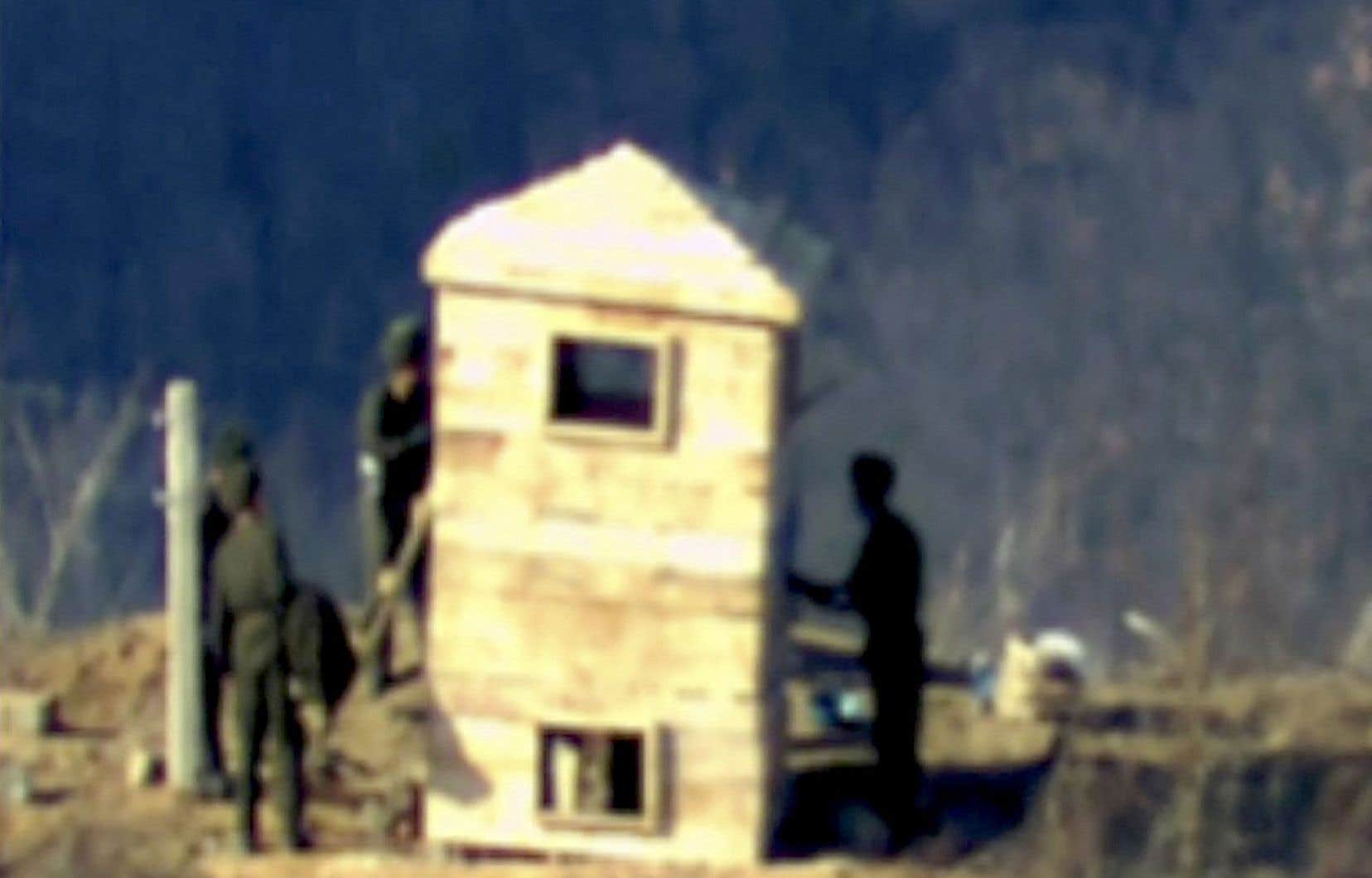The 2018 agreement to reduce tensions between the two Koreas no longer holds, the North now seems to be putting its military troops back on the move along its border with the South, Seoul warned this week, with supporting photos.
A change of tone from the Kim Jong-un regime which comes just a few days later the controversial launch by Pyongyang of a first spy satellite which, according to the dictatorship’s official press agency, KCNA, has already delivered its first detailed photos: of the White House, the Pentagon, military installations in South Korea, as well as the American territories of Guam and from Hawaii. The information, however, could not be independently verified.
And the shadow of Vladimir Putin now hangs over this resurgent bellicose climate on the Korean peninsula. This is because Russia is visibly determined to get closer to North Korea to better raise the temperature there. To disturb Western interests in the region, but also to fan the embers of another conflict zone on the globe in order to draw attention away from its war in Ukraine.
“All these maneuvers must be placed in the context of the meeting last September between Kim Jong-un and the head of the Kremlin,” summarizes in an interview Edward Howell, specialist in North Korea at Oxford University, joined this week by The duty UK. “One of the reasons for this visit was the acquisition by North Korea of more sophisticated satellite technology, Russian technology and expertise, which could have been transmitted”, and this, within the framework of a new opportunistic relationship between the two countries, he adds in substance. The discussions between the two dictators would also have made it possible to seal an agreement to transfer North Korean munitions to Russia to help the Kremlin support its offensive on the Ukrainian front.
All these maneuvers must be placed in the context of the meeting last September between Kim Jong-un and the head of the Kremlin
On Monday, South Korea’s Defense Ministry said the Pyongyang regime has begun rebuilding guard posts along its southern border. Eleven of these buildings were destroyed as part of the 2018 military agreement aimed at reducing the risk of clashes along the demilitarized zone separating the two countries. In theory, North Korea is still at war with South Korea, despite the Panmunjeom armistice, dating from 1953, which never led to a peace treaty.
The 2018 agreement, reached during a period of rapprochement between then South Korean President Moon Jae-in and Kim Jong-un, included among other things the destruction by both sides of guard posts within one kilometer from the border, the ban on military exercises and maneuvers near land and maritime borders. It also established no-fly zones.
The South Korean military also presented photos showing heavy weapons moved by North Korean soldiers near this hot spot where the inter-Korean conflict regularly threatens to resume. Pyongyang has also started digging trenches at several strategic sites along this border.
“Our army is closely monitoring North Korea’s provocative acts while remaining ready to respond immediately,” said the South Korean Defense Ministry, quoted by the Yonhap news agency, while referring to the support from Washington in its “posture”.
Last week, South Korea withdrew from the 2018 military agreement after the North confirmed the launch of a spy satellite, defying UN Security Council sanctions, since the launch incorporates technology used in long-range ballistic missiles.
To the joy of the Kremlin
The scrapping of the agreement was certainly applauded behind the scenes in the Kremlin, which hopes for a resumption of tensions between the two Koreas as the price to be paid by Seoul to support Ukraine militarily and to denounce the economic sanctions which have interrupted a technology trade between Russia and South Korea.
On Russian state television, a propagandist in Putin’s paywhose remarks were translated last week in a video broadcast by an adviser to the Minister of the Interior of Ukraine, Anton Gerashchenko, on the X network, specified that South Korea “should not be surprised” to see Russia supporting North Korea and helping to arm this dictatorship.
“When the authorities [sud-coréennes] banned the export of Korean cars here, supplied weapons to Ukraine and stopped sending us vitally needed microchips, we remained silent,” he said, while asking : “Are we supposed to be silent? »
And this resumption of the standoff between the two enemy brothers also benefits Pyongyang, which “seeks to make it clear to the international community that it does not intend to abandon its nuclear and ballistic capabilities in the near future” and who needs these points of tension with the South and its troop movements along its border to maintain its hold on its people, believes Edward Howell.
“The main priority of the Kim Jong-un regime is its survival. The noise made on a national scale about these recent provocations is fueling nationalism and maintaining support for the regime whose [la dictature] is extremely needed at the moment, given the decline in economic conditions with which it must contend,” he says.
A strategy which basically consists of making the sound of boots heard to better mask the rumblings coming from hungry stomachs in one of the poorest countries in the world.
